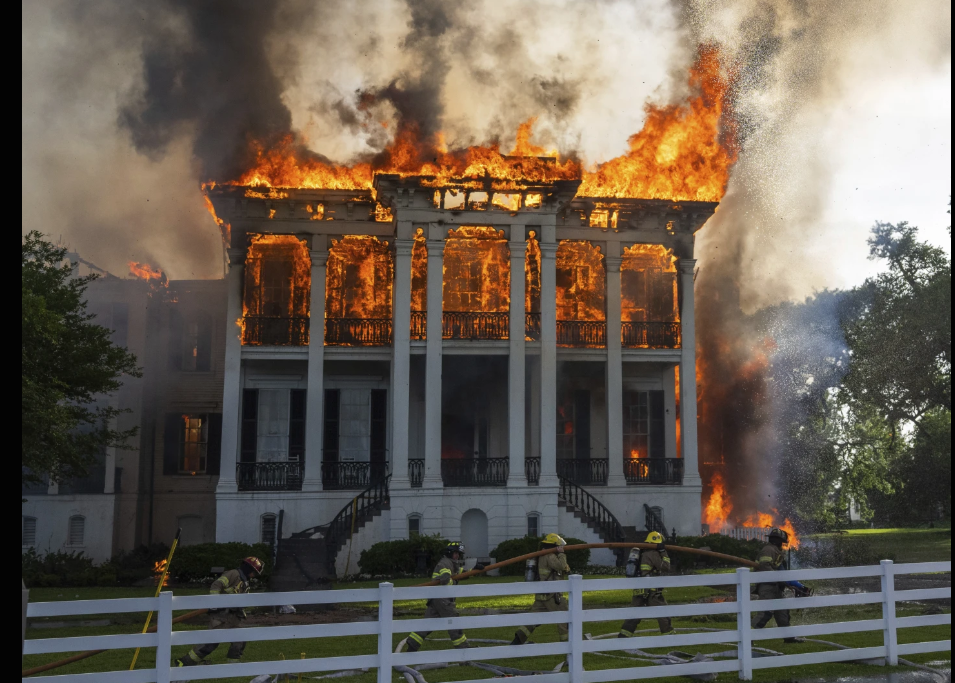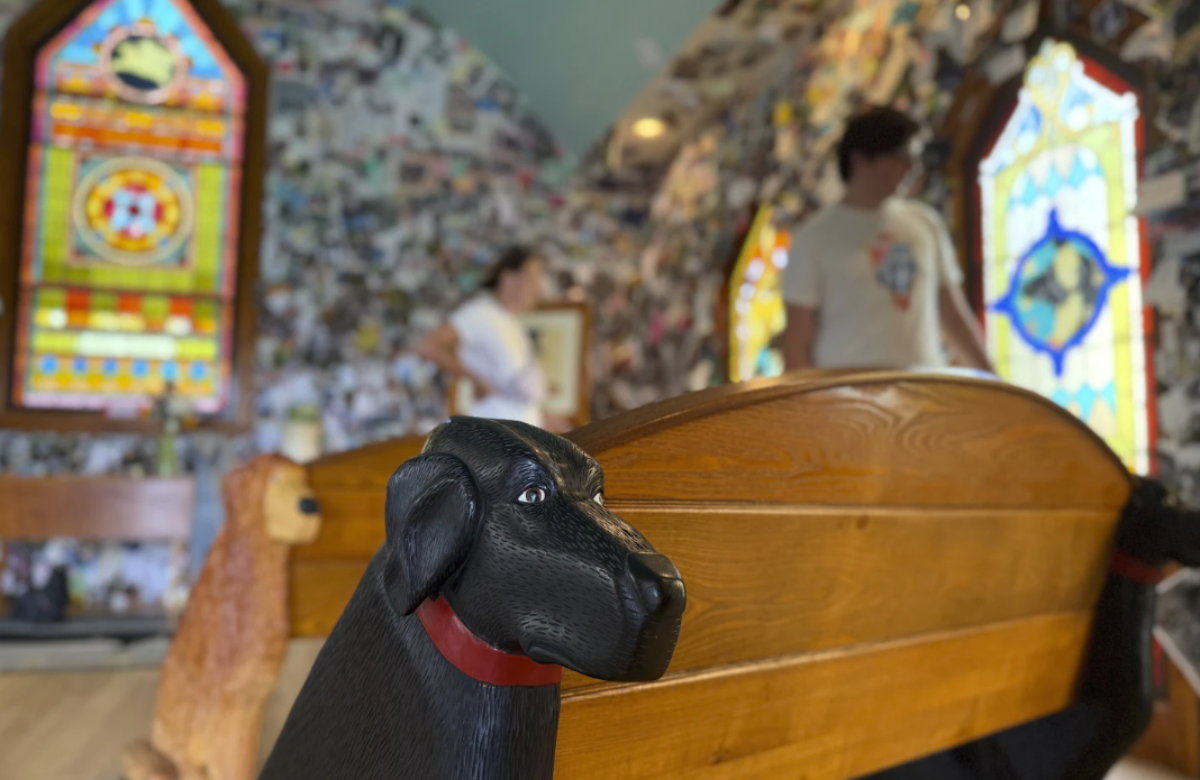A devastating fire tore through the historic Nottoway Plantation House in Louisiana on Thursday, reducing much of the iconic antebellum structure to ruins. Located along the Mississippi River between Baton Rouge and New Orleans, the mansion was once a prominent resort and event venue known as “the South’s largest remaining antebellum mansion.”
Iberville Parish President Chris Daigle confirmed the destruction in a social media post, calling the loss a major blow to the region’s tourism and cultural heritage. Nearly a dozen local fire departments responded to the blaze. Fortunately, no injuries were reported.
The Nottoway mansion, originally completed in 1859, spanned over 53,000 square feet and featured grand architecture including a three-story rotunda, massive white columns, and intricate Italian marble fireplaces. Positioned about 65 miles northwest of New Orleans, the estate had stood as both a luxurious landmark and a site of deep historical reflection.
Dan Dyess, a Louisiana attorney and owner of the mansion, described the fire as a “total loss,” saying he was devastated after having invested years of work and resources into the property. “This was my dream that has now been dashed,” he said in a written statement.
Images from local media captured the intense flames engulfing the rotunda and thick smoke billowing into the sky as firefighters worked to contain the fire. The blaze was eventually brought under control, and no nearby structures were damaged, according to Major Monty Migliacio of the Iberville Parish Sheriff’s Office. Authorities are continuing to investigate the cause.
Daigle also acknowledged the property’s difficult past. In 1860, records from the National Park Service show that 155 enslaved individuals were forced to live and work on the plantation. While its origins are deeply rooted in the history of slavery, Daigle noted that in recent decades, the estate had transformed into a place for education and reflection.
“While its early history is undeniably tied to a time of great injustice, over the last several decades it evolved into a place of reflection, education, and dialogue,” he said. “It stood as both a cautionary monument and a testament to the importance of preserving history — even the painful parts — so that future generations can learn and grow from it.”















